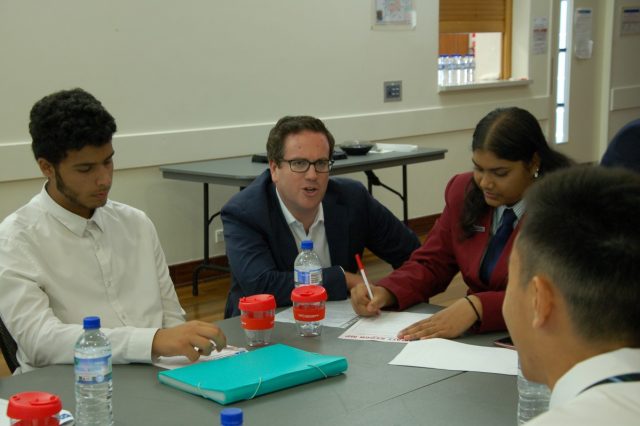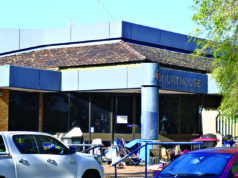Earlier this month on May 11 Federal Treasurer Josh Frydenberg delivered his third Federal Budget since he was appointed to the role in August 2018.
The last 12 months have been unpredictable, with Australia’s first recession in almost 30 years.
According to the federal government, the key role for this year’s budget was to continue economical recovery as the COVID-19 pandemic continues.
In the budget there was a focus on women and families, including childcare funding, which will reduce costs for families with kids in childcare.
More than $250 million will be spent over the next four years to expand frontline family violence support services, with a further $164 million towards a trial of financial help to women fleeing domestic violence.
The mental health crisis is back in the spotlight, including money to improve digital mental health services as well as expand Headspace and Head to Health centres across Australia.
However there are some gaps in the budget according to Federal Member for Burt Matt Keogh.
Mr Keogh said the budget will deliver wages that go backwards.
“The Morrison Government’s Budget will deliver real wages that actually go backwards, with costs of living increasing more than people’s incomes,” he said. “Despite the headlines, tax cuts for low income earners are only temporary and will increase just after the election as well.

“The fine print of the Budget Papers also reveals a $3.3 billion cut to infrastructure spending.”
“Western Australians hoped the budget would include funding for facilities to be built or renovated to create fit for purpose quarantine buildings.
“There were no guarantees on when everyone will be vaccinated, or even when vaccination of younger Australians may even start and no commitment at all to fit for purpose quarantine, which we clearly need,” Mr Keogh said.
“The Liberal Government’s Childcare announcement will help just one quarter of the 97 per cent of Australian families that Labor’s policy will.
“The Federal Budget is nothing more than a shameless political fix, rather than a plan for genuine economic reform so needed as we try to build back from COVID.”














